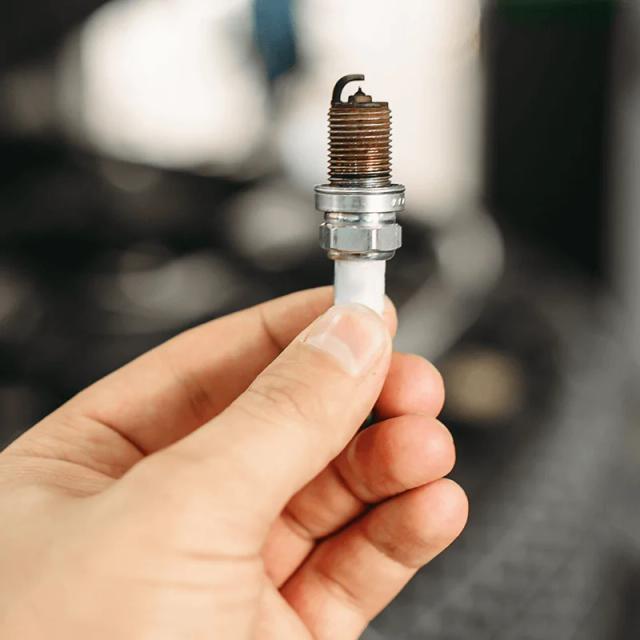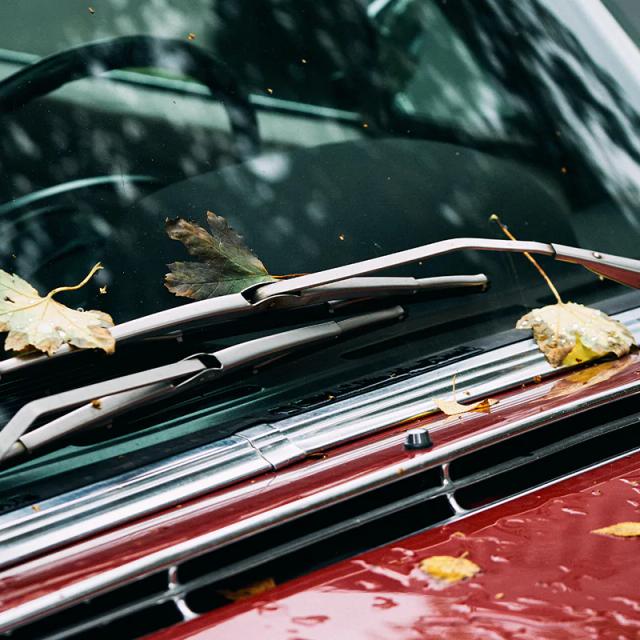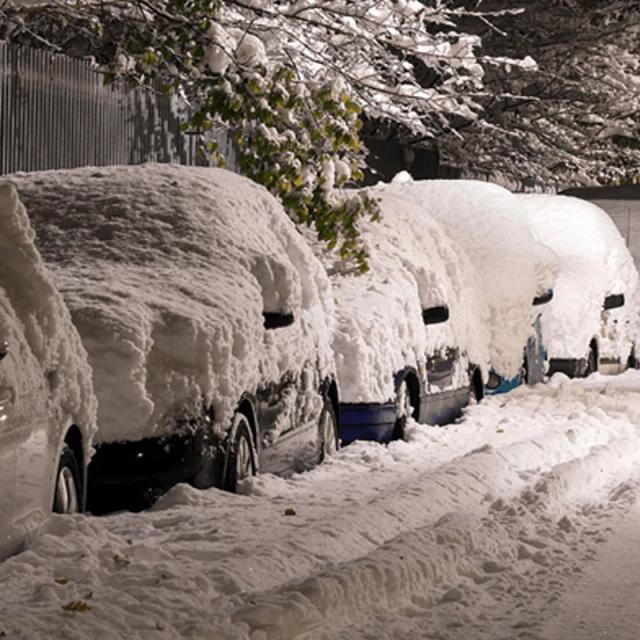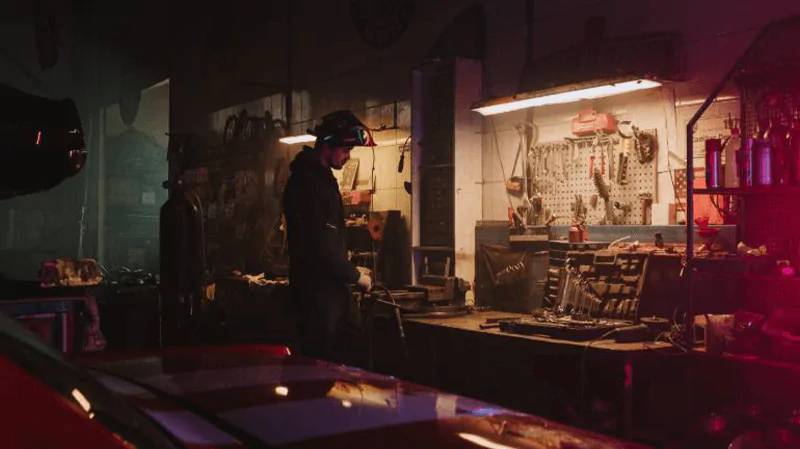
If you own a car or are thinking of owning one, you probably already know that you'll need an annual MOT. However, you might not know what this abbreviation stands for, or everything that is assessed when your car goes through the test.
To help you navigate this essential aspect of owning a car, in this guide we'll be covering:
What does MOT stand for?
MOT stands for Ministry of Transport, which was a government department set up to oversee the safety and environmental efficacy of road vehicles in the UK. This has now been replaced by the Department for Transport, which is responsible for the upkeep of Britain's entire transport network, including roads. However, we still use the MOT name.
What is an MOT, and when does your car need an MOT?
An MOT is a test conducted on a car to check that it is both safe and environmentally friendly enough to be on the road in the UK. Getting an MOT is an essential part of owning a car, and it ensures that the vehicles on our roads are safe for driving.
According to government regulations, you must get an MOT for your car before either:
The third anniversary of the car's registration.
The anniversary of the car's previous MOT (if the car is over three years old).
However, there are some vehicles that do need to undergo an MOT test after they reach one year old. You can see the vehicles that this refers to by checking the UK government's MOT fees guide. As of August 2021, the maximum fee you can be charged for an MOT is £54.85 for a car with up to eight passenger seats, and the lowest fee is £29.65 for a standard motorcycle.
To check when your car needs an MOT and the dates and results of previous MOTs, you can go to this government page that checks the MOT history of a vehicle. This will allow you to plan when you need to go back in to the garage for this test, and will flag up any previous issues — which can be especially useful if you are thinking of buying a used car.
After your car passes its MOT, you'll also get a certificate noting the date of the test. You can keep this certificate as a reminder to get the test done again on or before the anniversary of your last MOT. If you want, you can also get the MOT renewed up to a month before it expires, but still keep the original MOT expiry date.
What is checked in an MOT?
The MOT will check the parts of your car that are relevant to its overall safety and environmental impact. These parts must meet the legal standard (meaning they need to be in good condition) in order to be roadworthy. The test does not look at the maintenance of the engine, clutch, or gearbox.
The following parts are checked in an MOT test:
Body, vehicle, and structural items. These should be free from corrosion or damage, and free of sharp edges that might cause injury.
These will checked for secureness, condition, and inappropriate repairs or modifications.
The speedometer. The speedometer, 13-point electrical socket, and the engine mountings should also be secure and working properly.
Fuel system. This should be free of leaks, with secure pipes and hoses. The fuel tank caps should seal securely and the key should be available in case it needs to be opened.
Exhaust emissions. Depending on the age and fuel type of the vehicle, there are different standards that it has to meet regarding the exhaust emissions it produces. If you have a diesel car, one of the emissions tests will be a smoke test. This can damage your vehicle if it is not properly maintained, so make sure to replace the camshaft belt at recommended intervals. If you are still worried about the smoke test, inform your MOT tester in advance.
Exhaust system. Your exhaust system should be secure and complete. The catalytic converter (where one has been issued as standard practice) should be present and without serious faults or leaks. The exhaust system should also not be too noisy.
Seat belts. The mandatory seat belts are in place, and they should be in good condition. In addition, the air bags, malfunction indicator lamps (MILs), and seat belt load limiters (a device which releases a small amount of belt when it's too tight) will be checked too.
All of the seats must be securely fitted, and the driver's seat must be in the right position.
It is important that the front doors can be opened from inside and outside the vehicle, and that the latch is secure when the doors are closed. The rear doors should at least open from outside the vehicle. The door locks, door seals and door handles should all be working and in good condition.
Mirrors. The car will be inspected for the minimum number of mirrors, as well as their condition or security. Indirect vision devices will also be checked.
Load security. The MOT tester will check that the boot or tailgate can be closed correctly.
Brakes. The condition of the brakes will be checked, and they will be inspected for any inappropriate repairs or modifications. Their operation and performance will also be tested, as well as the anti-lock braking system (where fitted), the electronic stability control, and the MILs or dashboard warning lights.
Tyres and wheels. The condition, security, size and type, and tread depth of all wheels and tyres will be checked. However, spare wheels and tyres are not inspected. Since 2012, the MOT has also included both the MILs here, and the tyre pressure monitoring system (if present).
Registration plates. The plates will be inspected to check that the condition and colour are up to standard, and that they are securely attached to the vehicle. The characters must be uniformly spaced and formed.
Lights. The tester will check that the lights work and are sufficiently clean. They will also check that any self-levelling functionality is working correctly and that all parts are secure. The headlamp should have good aim, and the main beam warning light should be working.
The bonnet will be tested to make sure that it closes securely.
Washers, wipers, and windscreen. The wipers need to be working correctly, and give a clear view of the road. The windscreen should be easy to see through, and without dangerous cracks.
Horn. This should be working and be suitable for the vehicle.
Steering and suspension Both will be checked to make sure they are in good condition. The steering oil level will be checked, and the both steering and suspension should be free of inappropriate repairs or modifications. The steering mechanism should also lock safely. The MILs or dashboard warning lights will also be checked for the electronic power steering and steering lock.
Vehicle identification number (VIN). A VIN should be present on vehicles that were first produced after 1st August 1980. Your car will be inspected to see that it displays a single VIN, except for those cars that are multistage builds (e.g. van conversions, or BMWs).
What's the difference between an MOT and a service?
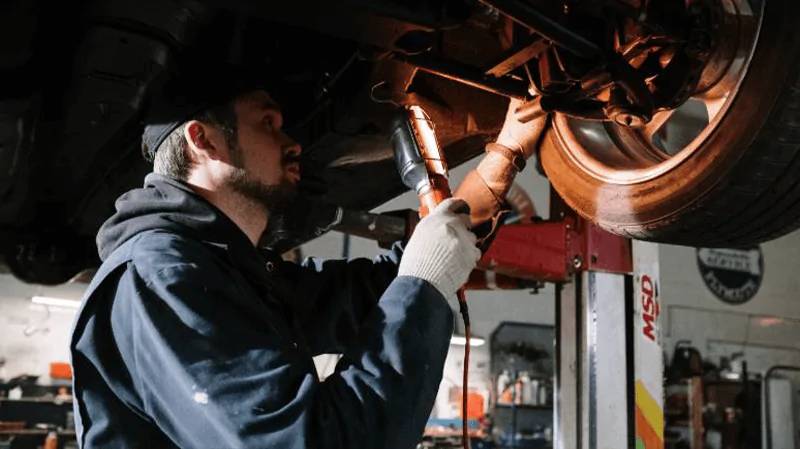
It's important to note that an MOT doesn't actually check that your car is running the way the manufacturer or dealer recommends. This is because the MOT only looks at the safety and emissions aspects of your vehicle, whereas having your car serviced assesses whether it is running as it should be expected to.
A service will check some parts that are also examined on an MOT — such as seat belts, brakes, and tyres — but it will also take a more detailed look at the car. Additional things included on a service are the brake fluid and engine oil being topped up, which isn't done when you have an MOT.
Servicing is also important to make sure your car can run as well as possible for as long as possible. Your car might pass it's MOT, but it might need some things replacing, such as the catalytic converter, fuel filter, and the air filter (if you have one). If these things are not checked, repaired and replaced regularly, it can be damaging to your car in the long-term, so it's best to get your car serviced at least once every 12 months, in addition to your MOT test.
What passes or fails an MOT?
When the MOT tester is looking at all these elements of your car, they are specifically checking that the car is roadworthy. This means that it can be on the road without causing danger to anyone, and that it adheres to the emissions limits on cars throughout the UK.
The government's MOT testing data for Great Britain shows that 40% of cars actually fail their MOT on the first attempt[i]. To help stop this happening to you, the Driver and Vehicle Standards Agency (DVSA) is has conducted some research[ii] into what the most common MOT fails are.
The most common MOT fails are:
Lightbulbs and signalling: 30% of MOT fails are down to lights and signalling not working.
Tyre condition and pressure: 10% of all faults are related to tyres.
Mirrors, washers and wipers: 5% of fails are due to the 'driver's view of the road'.
How to prepare your car for an MOT test
To increase the likelihood that you will pass your MOT on the first try, you can check the parts that are most likely to cause a failure — including the tyres, view of the road, and lightbulbs and signals — prior to taking the car in for the test. It can seem time consuming to go through every part of your car and check if it is working, but by making time for even just these three things, you can catch the most common faults.
You can check your tyre pressure yourself to see if it is within the recommended range for passenger vehicles. This is normally between 30–35 psi, but can vary between vehicles, so check your owner's manual to find the recommended pressure level. We have dedicated guides on how to check your tyre pressure and how to check your tyre tread depth, so be sure to give these a read to learn exactly what you need to do.
You should also maintain your car as well as you can to ensure that you will pass your MOT. You can clean and restore your headlights and change the headlight and brake bulbs. This will keep them in good condition and ensure they don't cause your vehicle to fail the test. You can also change and clean your wiper blades. These are checked on your MOT test, and will need to be in full working order.
What to take to an MOT
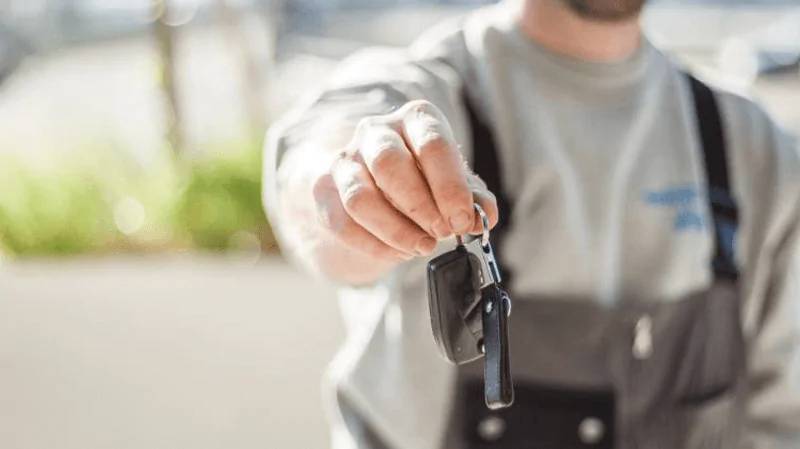
In addition to preparing your car by making the simple checks we’ve shared above, you should take some paperwork with you to the garage. If you can, take the certificate from your last MOT and your V5C (also known as the vehicle log book) to your test.
If you no longer have the certificate from your last MOT, you can call the MOT test centre where your car was examined, and they should be able to print you a new MOT certificate from their records. To get the new MOT certificate, you will need the registration number of your car and your V5C number. If you have misplaced your V5C number, you'll need to call the DVLA, and they can arrange a replacement for you.
What happens if your car fails the MOT?
Your vehicle will fail the MOT test if the result lists problems that are 'dangerous' or 'major'. If you only get a list of 'minor' or 'advisory' problems, then these are issues that you do need to take note of and fix in future, but you will still pass your MOT. A fail only occurs for 'dangerous' or 'major' problems.
If your car fails the MOT, you'll be issued with a 'refusal of an MOT test certificate', like this one on the government website. The failed test will also be recorded in the MOT database.
You cannot take your vehicle away with you if it fails its MOT, as this means that it will have one or more 'dangerous' issues flagged, and these need to be repaired before you can drive it again. However, you are still allowed to drive your car away if its previous MOT test certificate is still valid, even if it fails the current MOT. However, if you don't have all of the major issues fixed before your last MOT certificate is out of date, then you will be unable to drive your car when it expires.
It's very important that you do not drive without an MOT: not only is this very dangerous to yourself and other road users, but you could face a fine of up to £1,000 for driving a vehicle without a valid MOT certificate.
Retaking the MOT after repairs
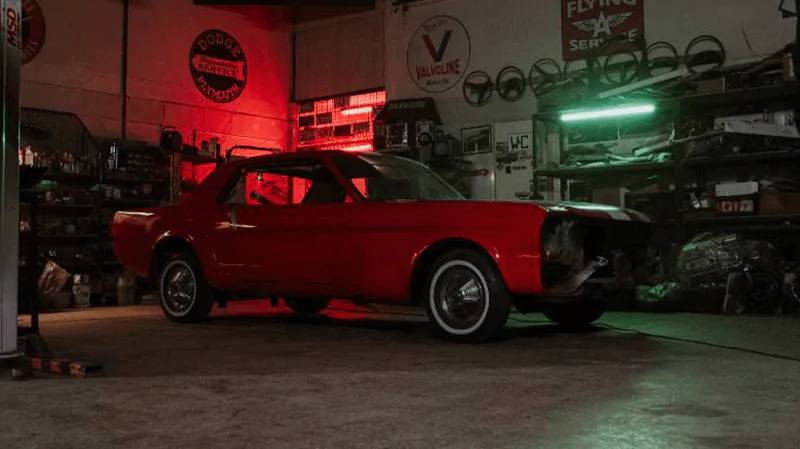
After repairs have been carried out on your car, in some cases you will be able to have a partial retest for free, or for a reduced fee. If you leave your car at the garage where the MOT was conducted, and the retest is 10 working days or less after the original test, you can do a partial retest for free.
If your car has failed the MOT, and its last MOT certificate has also expired, you are allowed to take your vehicle away from the garage to either get the flagged problems fixed, or to another pre-arranged MOT appointment. However, in either of these cases, your car still needs to meet the UK's basic standards for roadworthiness — you can read these standards in the Highway Code on the Department for Transport website.
Can you appeal the MOT test result?
If you think the MOT tester has failed you without cause, you can appeal the result by contacting the DVSA. You can find the forms and contact details you will need to do this on the DVSA website.
However, if you are appealing your MOT result, you cannot complete any repairs while the appeal is ongoing. This is because it affects the outcome of the case. If the DVSA decides that your car needs to be retested, unfortunately you'll have to pay the MOT fee again yourself. This fee will be partly or wholly refunded if your appeal is successful.
Getting an MOT and regular services will make your car safer, more enjoyable to drive, and cheaper to maintain in the long run. Just be sure to follow these pointers before your test, and you should be on track to pass without any problems.
At GSF Car Parts, we stock all the service parts you need to keep your car running smoothly, including everything from electrical and lighting parts to engine oils, so you're sure to find what you need. We offer free UK delivery on all orders as standard, as well as a free Click and Collect service available in all of our local branches. For more information about maintaining your car, head over to the GSF Car Parts auto knowledge hub.
The information in this article is intended only as a guide, and GSF Car Parts would always recommend that you consult a qualified mechanic if you are unsure about your MOT or your servicing needs.
1 https://www.gov.uk/government/statistical-data-sets/mot-testing-data-for-great-britain
2 https://www.gov.uk/government/news/reasons-why-your-car-fails-an-mot


